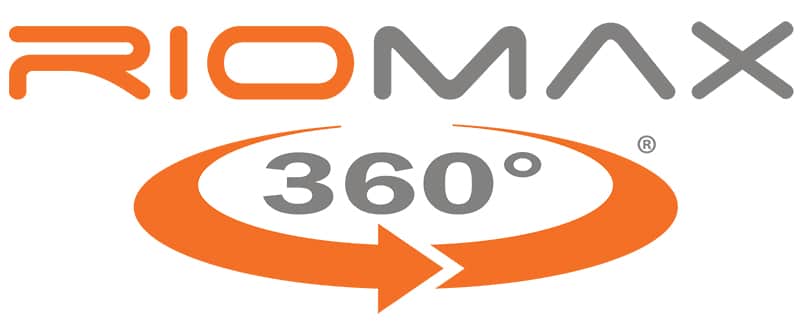For this Oklahoma farm and ranch family, diversification is the key to success
Genetics + Nutrition = Wow
Meet Chad Ledbetter
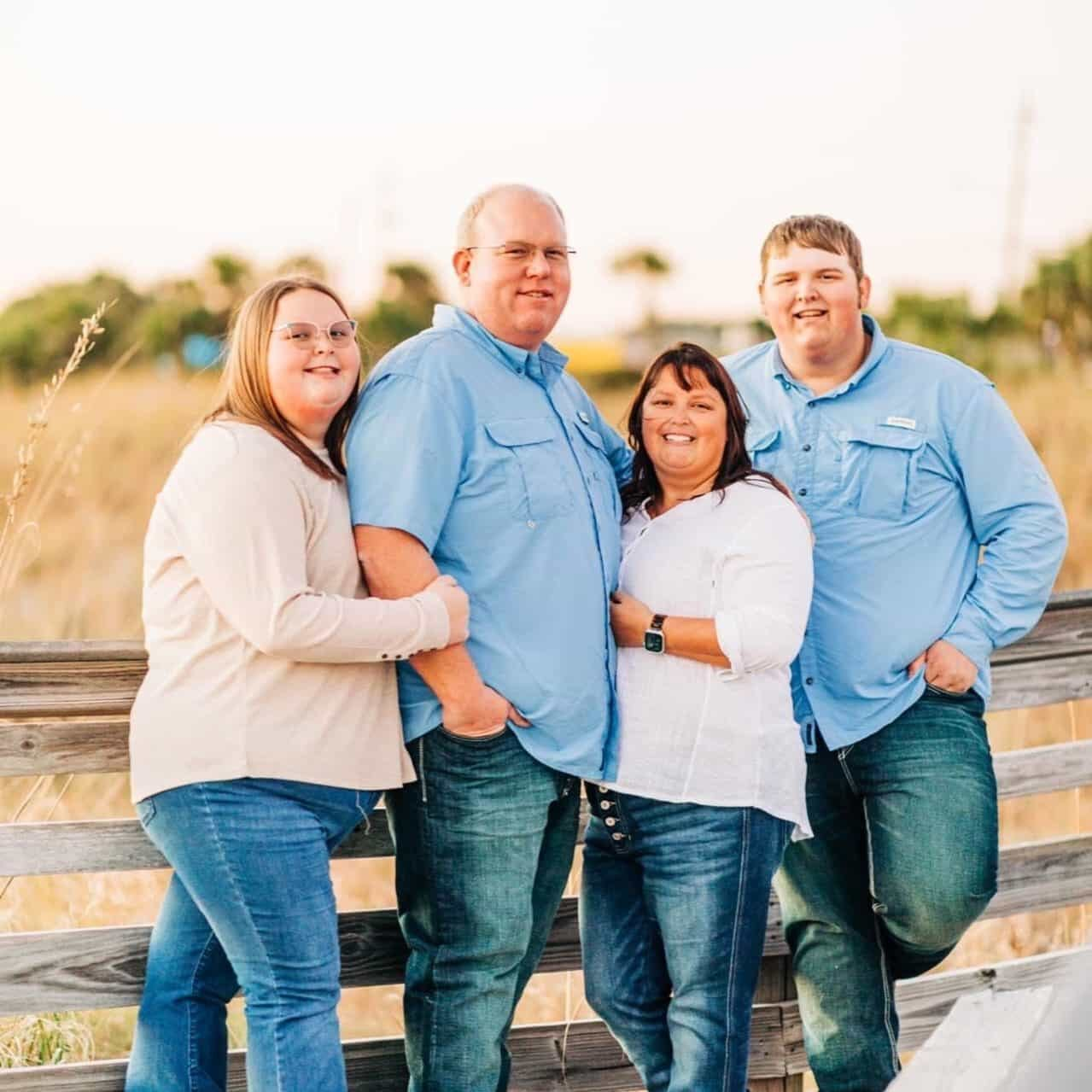
Okmulgee, Oklahoma
“We want to balance maternal traits and have a mother cow at home that’ll keep us in business. Just because you have an incredible animal that will do well in the feedyard, if we don’t have a mother cow that will work for us out on the ranch, then we haven’t accomplished anything.”
That’s how Chad Ledbetter looks at the beef business. Ledbetter and his wife, Stephanie, are the third generation to ranch in northeastern Oklahoma near Okmulgee, south of Tulsa, on an outfit his grandfather started in 1950. His grandma Joan still helps by delivering meals to the fields and pastures. His parents, Chris and Gayla, are still active in the business and their son Cayden, 19, and daughter Callie, 16, are the fourth generation on the land. “They’re as good as it gets,” he brags about his children’s abilities as ranch hands. “They’ve been a blessing to my wife and I."
But then again, hearing Ledbetter brag on his kids isn’t surprising. As passionate as he is about his cattle and the land, and make no mistake about that, he’s even more passionate about his family. “If you’ve got your family around you and the freedoms we enjoy in this country and the blessings…it really all gets down to God, faith, and family.”
But Ledbetter is pretty proud of his cattle, too. “We’re a multi-faceted operation,” he says. “We farm and ranch.” The family runs around 800 cows, has a small feedlot on the ranch, and farms corn, wheat, and soybeans, much of which is feed for the cattle. Ledbetter also custom feeds some of his calves in a feedlot in Iowa.
The cattle side of the operation is both commercial and purebred. “Our deal is red-hided cattle,” he says. “We have purebred Hereford and purebred Red Angus on our registered side.” They’ll develop around 200 bulls a year as well as around 400 heifers that they market as commercial replacements.
Cattle Development
What’s more, he’s developing a couple lines of composite red-hided cattle. For cattle in more southern climates, he’s developing a red, heat tolerant composite of Red Angus with a touch of Senepol or Brahman or both. “And then a Fleckvieh-Red Angus composite, a component we use for maternal heterosis as well as some added yield and performance in the feedyard,” he says.
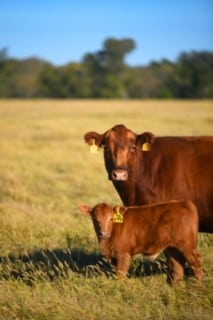
Ledbetter is passionate about developing cattle for the real world. “Big bodied, high volume females that are stout and wedge-shaped and low input, low maintenance kind of females that have a thickness and a little punch to them.” He develops his cattle on a forage-based system that allows them to express their genetic potential in the same environment they’ll need to produce in when his customers take the bulls and heifers home.
“We have found that what works for us is maternal first. It’s all about the mother cow. We feed cattle, we finish cattle. So yes, feedlot performance and carcass quality are important. But without that factory at home, without that mother cow that’s extremely efficient and does her job the very best, none of us are going to stay in business. So number one, it’s all about the mother cow.”
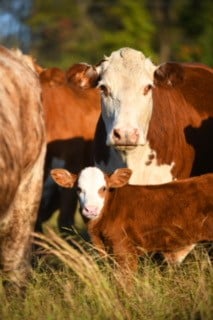
With the family’s emphasis on maternal genetics, some might wonder if feedyard performance and carcass traits get shorted. A look at Ledbetter’s fed cattle closeouts tells the tale.
The closeouts show fed cattle grading around 90% Choice and Prime and mainly Yield Grade 2. “And on the gain, depending on the conditions, they’ll be high 3's,” he says. “Might hit 4 every now and again. But that’s extremely dependent of weather conditions and time of year.”
Beyond that, the family has developed their own brand of locker beef from cattle they finish at home. They’ll sell everything from sides of beef to individual packages off the farm.
“We feel most of the folks who tried it are now staying with it,” he says. “They see the difference and they really like having a locally grown product that they know where the cattle come from and they know where most of the feed is grown that’s going through the cattle (as well as knowing the family that raised the cattle). So it’s a nice little addition to the business.”
Nutrition + Genetics = Wow
One of the fundamental truths about cattle production is that the best genetics in the world can’t be revealed without an adequate source of nutrition. “And that’s certainly an area where Riomax® has definitely helped us,” he says. “Riomax® has really added a whole new dynamic to our operation.”
Ledbetter says they’ve seen the benefits that the orange tubs bring to the table in every segment of their operation, “whether it’s cows grazing in range conditions or cattle that we’re growing and developing for breeding stock, or in the feedyard. No matter what stage of life the animal is at, we’re seeing the benefits of Riomax®.”
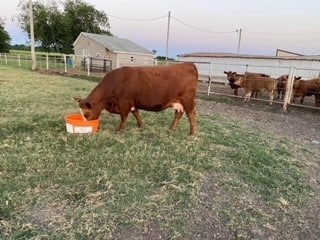
However, he was very skeptical at first. “When I heard what the product costs, that’ll make anybody skeptical who’s trying to make a living.” But he got over the sticker shock and gave it a try.
“I have to admit, once we tried the product and quit looking at the cost per tub and started looking at it as a cost per day per animal, that opened up a whole new avenue. The added performance, the added health benefits that we saw and are seeing, have just been tremendous,” he says.
“When you break it down, the tub is not costing us money, we feel it’s making us money. So that’s been a real eye opener.”
The cattle had been on the product for not quite a year as this was written, so he didn’t have many hard numbers. But his eye tells him everything he needs to know.
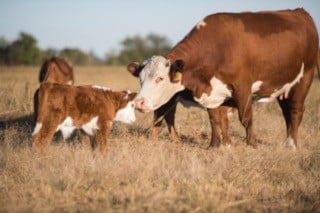
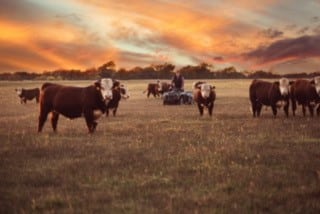
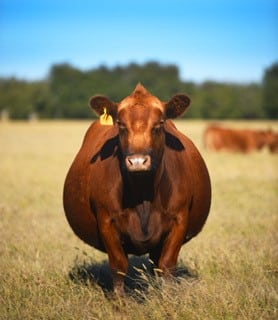
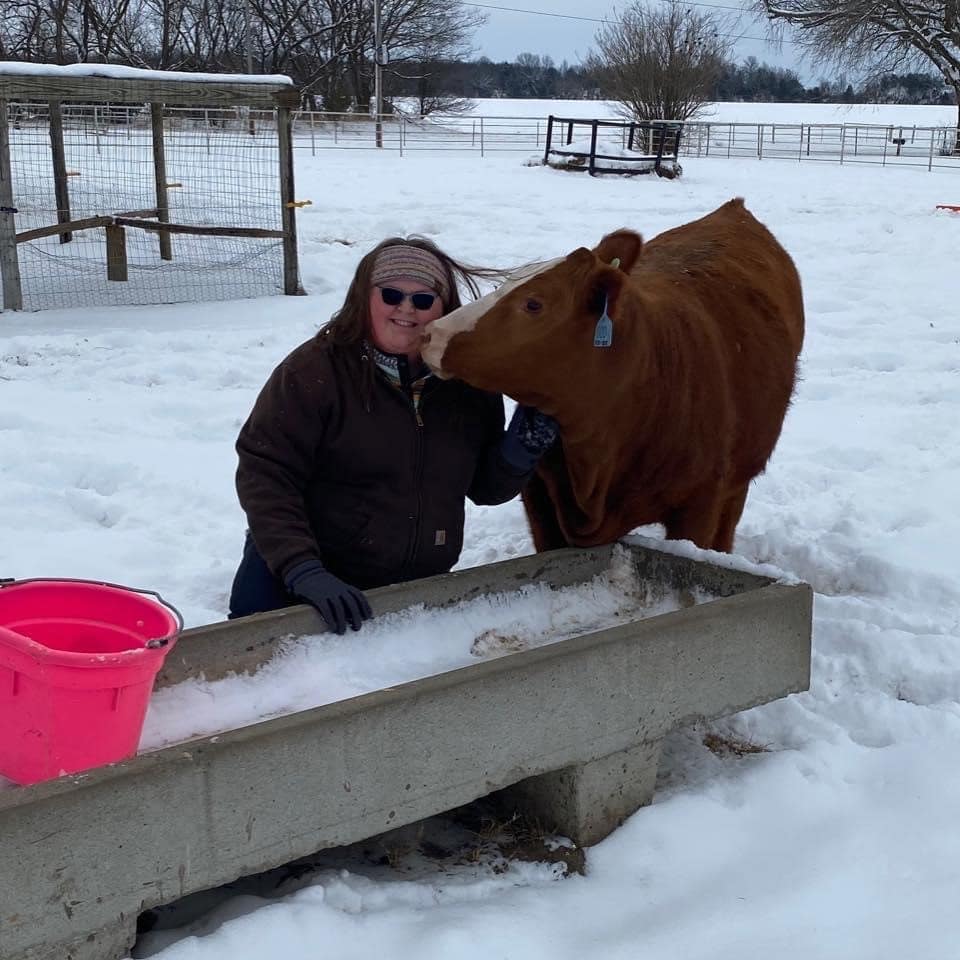

Spending Money to Make Money
“I think there are several different ways that I would break it down to look at it,” he says when challenged on his statement that the tubs don’t cost money, they make money. “You’ve got to look at your input costs for feed and supplements and your grazing season, and you’ve got to look at added conception rate on your cows—the cows that are breeding back in the first heat cycle and tightening that calving window closer to 45 days.”
Added weaning weight is another area that goes along with a tight calving season, which adds value two different ways. “One is the calf is performing so much better out there beside the cow, getting what they need (from the Riomax® tub). But we also know for every 21-day heat cycle, we can add close to 60 pounds to that calf.” The more calves born in the first month of calving season adds dollars at sale time.
Ledbetter feels he got around 50 pounds more weaning weight on his calves that were conceived before the cows were on Riomax®, but were on the tubs from the day they were born. He expects that number to be higher for his first calf crop weaned from cows that had been on Riomax® year around.
“And thirdly, I would mention the added health benefits. The cattle have just been so much healthier; much less sickness, less cattle needing treatment for foot rot, pinkeye, pneumonia. The cattle really are staying healthier and we’re cutting antibiotic costs and getting added performance.”
In fact, Ledbetter is so impressed with his results that he’s now a Riomax® dealer. “If folks are on the fence about whether or not to try the product, you can sure take it from me,” he says. “I was extremely skeptical because I was concerned about input costs. But at this point in time, outside of some of the things we’ve done on our genetics, I think it’s probably one of the better things that we have found since we’ve been raising livestock,” he claims.
“I don’t want folks to think it’s fairy dust or that it takes the place of good management or good animal husbandry. But it certainly adds a whole new dimension to what you’re able to achieve with the genetics you have and the environment you’re in.”


